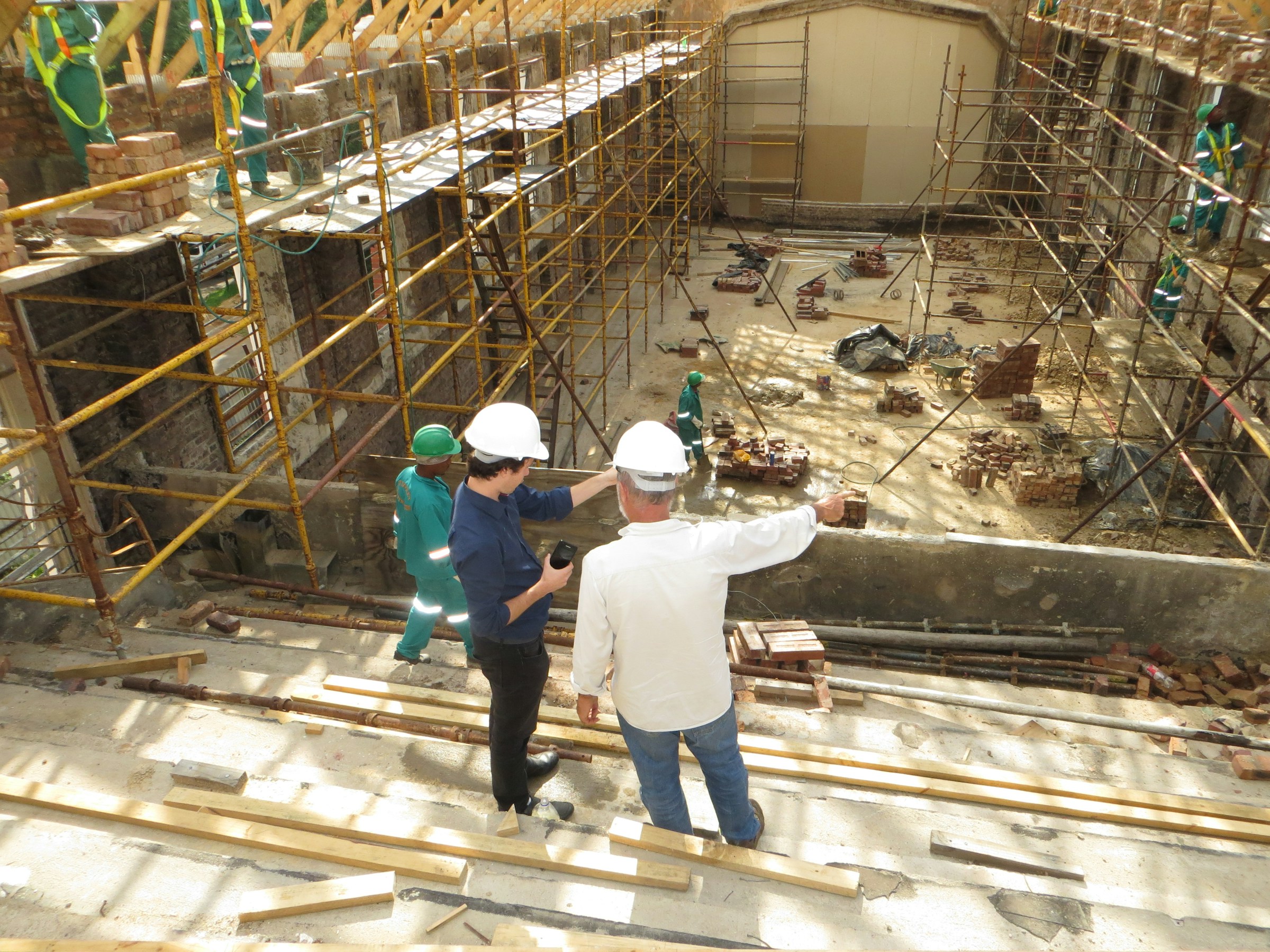How Can UK Construction Firms Adopt Sustainable Building Practices Cost-Effectively?

Construction is a fundamental pillar of the UK economy, yet it’s also a significant contributor to environmental harm, including carbon emissions and energy waste. As awareness of these issues grows, the industry is under increasing pressure to adopt more sustainable practices. However, many firms remain resistant, largely due to concerns about cost. This article will explore how UK construction firms can incorporate sustainability into their operations cost-effectively, focusing on sustainable building materials, energy-efficient design, environmental impact management, and green project practices.
Sustainable Building Materials
It’s no secret that traditional building materials like concrete and steel have a considerable environmental impact. In response, the construction industry is increasingly turning to sustainable alternatives. These materials, derived from renewable resources or recycled waste, offer significant environmental benefits while being cost-effective in the long run.
Sujet a lire : How Can UK Language Schools Use Virtual Classrooms to Attract International Students?
For instance, recycled steel is a green alternative to virgin steel, offering the same strength and durability at a reduced environmental cost. Similarly, bio-based materials such as straw bale and bamboo are renewable, low-carbon alternatives to traditional materials. They are also energy-efficient, offering excellent insulation properties that reduce heating and cooling costs.
While these materials might have a higher upfront cost than their conventional counterparts, they can result in substantial savings in the long term. They require less energy to produce and can significantly lower the building’s carbon footprint, leading to potential savings in carbon taxes and energy bills over the building’s lifetime. Moreover, as the demand for sustainable materials grows, economies of scale are expected to bring prices down further.
A lire aussi : 12 best colorado registered agents reviewed and ranked for 2024
Energy-Efficient Design
A key aspect of sustainable construction involves designing buildings to be more energy-efficient. The goal is to minimize the energy required for heating, cooling, and lighting, thereby reducing both carbon emissions and energy costs.
This can be achieved through various practices such as passive solar design, which involves orienting the building and placing windows to maximize natural light and heat, reducing reliance on artificial lighting and heating. Similarly, designing for natural ventilation can minimize the need for energy-intensive air conditioning.
Moreover, energy-efficient appliances and fixtures, such as LED lights and high-efficiency HVAC systems, can drastically cut energy consumption. While these features might increase the initial construction costs, they can result in significant savings over the long term by reducing energy bills.
Environmental Impact Management
Managing the environmental impact isn’t just about reducing carbon emissions and energy use. It also involves managing waste, preserving local ecosystems, minimizing water use, and reducing noise and air pollution during the construction phase. These practices not only benefit the environment but can also lead to cost savings and improved project outcomes.
For instance, implementing a waste management plan can reduce disposal costs and potentially generate income through the sale of recyclable materials. Similarly, conserving water through efficient practices and recycling can cut water bills, while noise and dust control measures can improve community relations and avoid costly fines and delays.
Furthermore, environmental impact assessments can identify potential risks and mitigation measures early in the project, avoiding unexpected costs and project delays down the line. Environmental management systems can also improve efficiency and productivity, leading to cost savings.
Green Project Practices
Adopting green project practices is another way UK construction firms can cost-effectively incorporate sustainability. This includes pursuing green building certifications like LEED and BREEAM, which can increase the building’s value and marketability, offsetting the certification costs.
Moreover, implementing green supply chain practices, such as sourcing materials locally or from certified sustainable sources, can reduce transportation costs and ensure the reliability and quality of materials.
Green project management practices, such as integrating sustainability into project planning and decision-making, can also improve project outcomes and reduce costs. For example, life-cycle costing considers the total cost of a building over its lifetime, including maintenance, operation, and disposal costs, leading to better financial decisions.
While these practices might require an initial investment, they can result in significant long-term benefits. They not only reduce environmental impact but can also improve the firm’s reputation, enhance customer satisfaction, and result in financial savings and increased business opportunities.
In conclusion, while the transition to sustainable construction might seem daunting, especially in terms of cost, there are ways to make this shift cost-effective. By embracing sustainable materials, energy-efficient design, environmental impact management, and green project practices, UK construction firms can not only reduce their environmental footprint but also enhance their competitiveness and profitability.
Renewable Energy Incorporation
As a part of the shift towards sustainable construction, the use of renewable energy sources is a critical step. Building designs that incorporate renewable energy systems, such as solar panels and wind turbines, can significantly reduce energy consumption and carbon emissions. Moreover, these systems can offer substantial savings in the long run, despite their initial investment costs.
Solar panels, for instance, can be integrated into the roofing or facade of a building, turning otherwise wasted space into an energy-producing asset. These systems can generate electricity for use within the building, and in some cases, surplus power can be fed back into the grid for additional income. With decreasing costs and improving efficiency, solar panels can offer a quick return on investment.
Wind turbines can also be an excellent renewable energy source, especially for large construction projects in areas with reliable wind patterns. Smaller, efficient turbines are becoming increasingly affordable and can be a cost-effective way to supplement a building’s energy supply.
Furthermore, heat pumps and biomass boilers can provide renewable heating solutions, reducing reliance on fossil fuels. These systems can be more energy-efficient and cost-effective over their lifetime compared to traditional heating systems.
The incorporation of renewable energy not only helps in reducing the environmental impact of construction projects but also aligns with the UK’s commitment to climate change targets. The initial costs can be offset by long-term energy savings, potential income from energy generation, and possible government incentives for renewable energy use.
Training and Education for Sustainable Construction
One crucial aspect often overlooked in the discussion of cost-effective sustainable construction is the importance of training and education. As the construction sector evolves, construction companies need to invest in upskilling their workforce to understand and implement sustainable construction practices effectively.
Training programs focused on green building principles, environmental impact assessments, energy efficiency measures, and the use of sustainable building materials can equip construction professionals with the necessary skills to undertake sustainable construction projects.
Training can also raise awareness about the long-term economic benefits of sustainable construction. Understanding that sustainability can lead to cost savings and improved project outcomes can help overcome resistance to change and foster a culture of sustainability within the firm.
In addition to in-house training, construction firms can also partner with educational institutions and industry bodies to access specialised training programs and resources. This can help firms stay up-to-date with the latest developments in sustainable construction and gain a competitive edge in the market.
Moreover, training and education can also support compliance with environmental regulations, helping firms avoid non-compliance penalties and reputational damage. They also play a vital role in promoting innovation and continuous improvement, crucial for the long-term sustainability of the construction industry.
Conclusion
The shift towards sustainable construction in the UK construction industry is not only a response to the growing environmental challenges but also a strategic move towards more resilient and cost-effective construction practices. By incorporating sustainable building materials, energy-efficient designs, environmental impact management, green project practices, renewable energy, and investing in training and education, UK construction firms can achieve a competitive edge. These practices not only reduce the industry’s environmental footprint but also offer opportunities for long-term cost savings, improved project outcomes, and enhanced market reputation. Therefore, sustainable construction is not just a necessity imposed by the changing regulations and climate change; it’s a smart business strategy that ensures the future success of UK construction firms in a rapidly evolving built environment.
